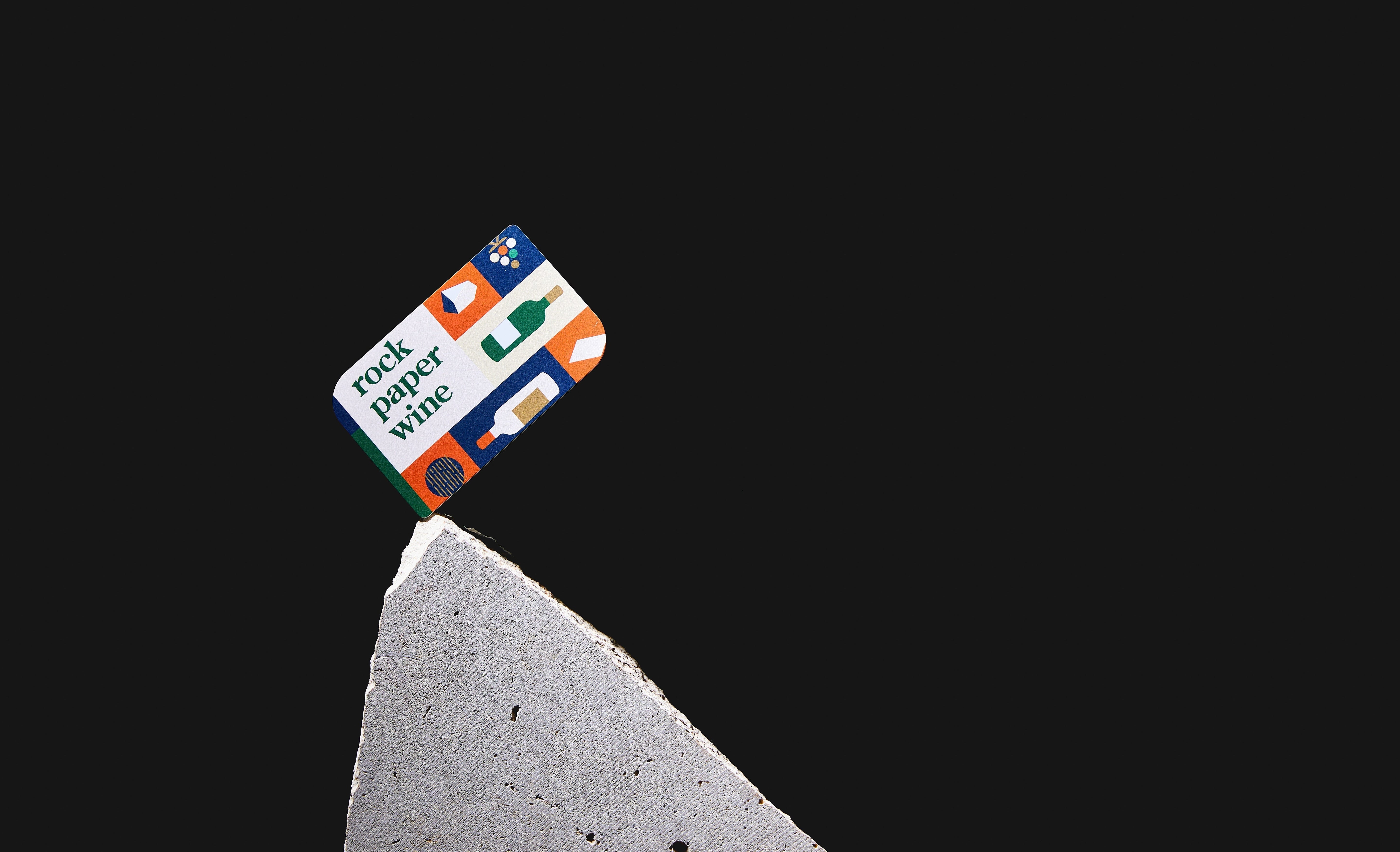Here at Tapt, we celebrate creativity and are all about taking a walk on the wild side of the business card. Tapt was born because the traditional paper business card no longer served us. We wanted to help everyday professionals present their best, most confident selves, land cool jobs and create more exciting opportunities for themselves without having to perfect an elevator pitch or nail the subjective art of small talk.
When creating a business card, you can also showcase your brand in all its glory – from card design through to social links depending on the design you’re wanting to go for. Plus, you’ve gotta show yourself off, and what better way to do it than with a digital profile?
#### 1. What you need before designing your card.
The essentials 101.
Right off the bat, you’ll need to type in your name, contact details like your email and phone number, and your occupation. You might also want to include your logo, but more on that down below.
#### 2. Pick a template that works for you.
Decisions, decisions.
Time to think out of the box. Literally. When choosing a template, it’s important to create an overall look and aesthetic that makes your brand stand out. The template is an important decision, so think carefully about what impresses you as a consumer. What kind of layout would you be most attracted to if you were looking to hire someone?
#### 3. Select logos, graphics & business colours
Now for the fun stuff.
Do you have an existing logo or a recently rebranded logo that you love? You’re already one step ahead. If your current logo is outdated or less than impressive – it’s time to whip out your Photoshop skills (or hire a professional to work their magic).
Never underestimate the power of colour on the brain, especially when your brand or business colours are in the spotlight, which you will be if you play your cards right. In 2018, Adobe analysed the World’s Top 100 Brands to explore the most popular uses of colours. Their study found that blue was by far the most popular colour, appearing in up to 33% of the top 100. Red was a close second in 29% of the brands, with the third being black or greyscale, with a solid 28%. Adobe also noted that 95% of these brands only used one or two colours. Why? Well this was a choice to maintain consistency, and stay simple in their branding. A good choice, at that.
Lastly – logos. You may have noticed how some brands don’t feature the company’s name on their logos, opting for simplicity instead. This seems to be best practice, as consumers are most likely to trust a brand they are familiar with. A busy or a complicated logo may be visually interesting, but it won’t be easy for the consumer to recall it, and this makes forging a personal connection difficult. When in doubt, embrace the simple side of things.
#### 4. Keep some white space
Busy is not always better.
Don’t feel like you have to fill up the entire space with words and graphics. Leave some white space – this will let your design breathe by reducing the amount of text and design elements that users see at once. The whole point of a business card is to connect and share information – so at first glance, let your card have an element of intrigue!
#### 5. Arrange your information & details
Here’s where the real fun begins.
Your card comprises the best parts of you. It’s your ticket to impressing potential employers and showing them all what you’re made of, so it definitely pays to think about your logo/image and text placement before printing day.
For example, your text is usually placed where your image/logo isn't, and images and logos are typically placed in areas where they’re highlighted. This might be the upper right, the upper left or the opposite side of the card. If you’re working for a creative company or agency (and let’s face it, you definitely know your stuff when it comes to design) you might want a bit more creative license to think out of the box. There’s no harm in switching things up in the art department – just try to avoid a cluttered design.
#### 6. Include a catchy slogan
Well aren’t you clever.
It’s not easy to write clever copy, but trust us when we say that anyone can do it. If you’re struggling, you can start by researching some famous company slogans. You could also conduct a brainstorming session with some friends, family or your coworkers. Sometimes it helps to step away from the whiteboard or notebook and enlist another pair of eyes.
For example, here are three clever slogans from big names:
Samsung: “Do what you can’t.”
This 2017 slogan really captures the brand’s mission of helping their customers do things that were, until recently, impossible. It is clear that Samsung positions themselves as problem solvers and innovators and this definitely shines through their slogan.
National Australian Bank (NAB) – "More than Money"
During a rebrand in 2016, National Australian Bank changed its tagline from "More give, less take" to "More than money." The new tagline was part of a series of commercials, which spoke of the bank's history, credibility, and illustrated how the big bank played an important and a positive role in Australians’ lives, throughout every life stage.
M&MS – “It melts in your mouth, not in your hands”
M&Ms were widely available to the public in the 1940s, and hence this popular slogan was trademarked in 1954. While this slogan isn’t the most well-known, it’s considered to be incredibly clever, touching on the practical, convenient and delicious nature of the M&M that was once new, and which today many people know and love.
So – you’re not a master wordsmith or a marketing professional. Then how do you create a show stopping slogan? Fair point. There are several ways to do this.
1. Start with your logo, which works hand in hand with your slogan. Play around with some words to see what fits, but keep in mind that many companies don’t incorporate text into their logos.
2. Keep it simple!
3. Use small words. Your company slogan should roll off the tongue, not be complicated to read or understand.
4. Brainstorm a list of words related to your business. Aim for 20-50 words – and draw some pictures or make a flowchart if you need to!
5. Use power words or phrases. A good rule to follow is: if it speaks to you, or feels right, it’s probably the moneymaker.
6. Test your slogans on family, friends, or a random sample of people at your workplace. Do they love it? Hate it? Have suggestions to make it better? When you’ve been knuckling down and having multiple brainstorm sessions with yourself, sometimes it's best to step away and accept some constructive feedback from others.
#### 7. Decide on the typography
What’s your type?
It’s important to stick to a 12pt or larger font for a company name, and never use any font sizes smaller than 8pt (unless your target audience is a colony of ants). In terms of fonts, just remember to choose a font that represents your brand’s personality. There’s nothing more disorienting than a font style that doesn’t match the brand’s personality.
#### 8. Save, review & assess your business card design
Now for the final touches.
Once you’re all done, save your work, review it (watch out for typos) and then review it again, for good measure. And if any of your details change? You can simply update it!
So, did we cover it all? If you need help creating your own business card, [contact our team here](https://tapt.io/contact-us/).




What to Bring to a Networking Event
Shaw and Partners Transforms Client Engagement with Tapt Digital Business Cards